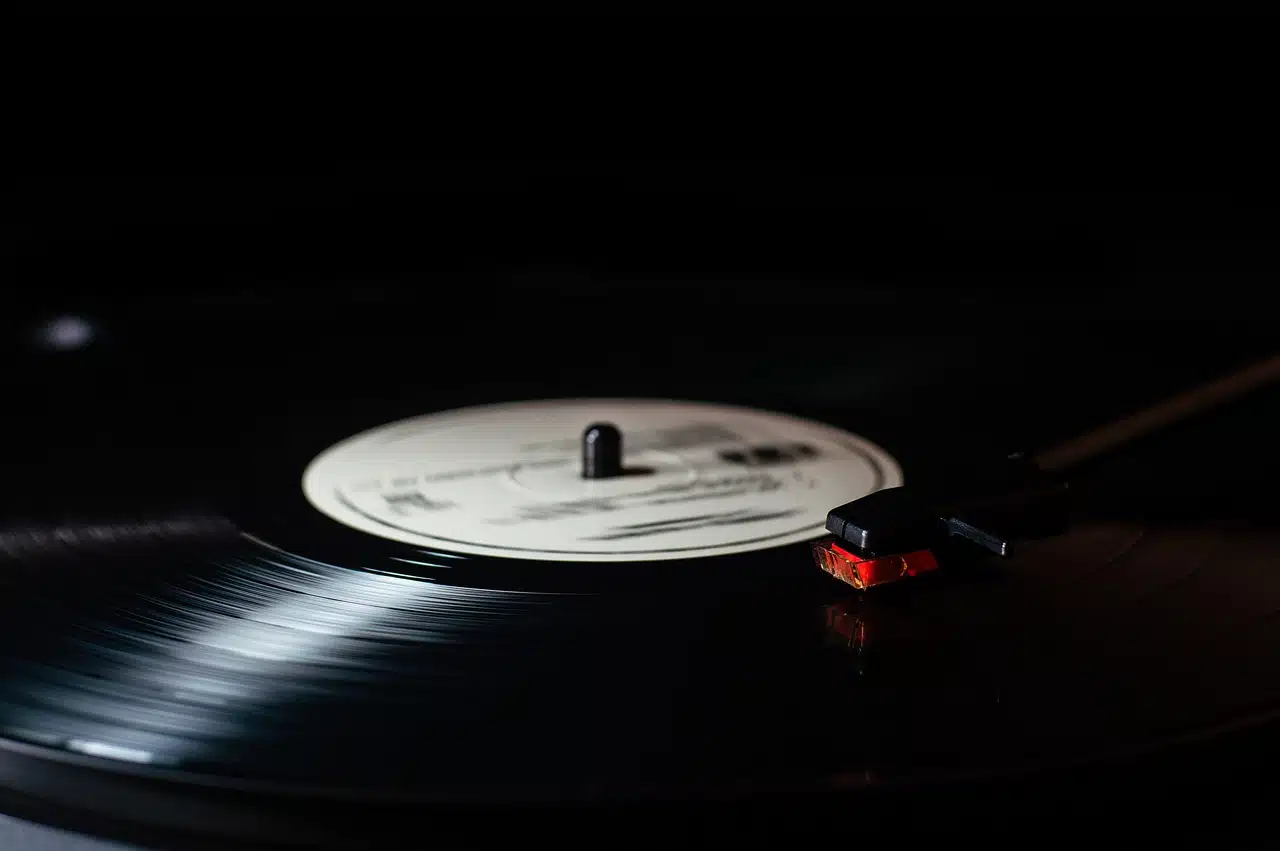
The vinyl record is a sound reproduction format.
Vinyl is a term used in chemistry to name the unsaturated monovalent functional group and the substance that contains this functional group (usually a polymer with a leather-like consistency).
The concept is also used to refer to the vinyl phonograph record , also known as a gramophonic record or simply vinyl. It is a sound reproduction format that is based on analog mechanical recording. It is important to note that the discs could also be made of plastic or aluminum.
Vinyl record characteristics
Vinyl fell into disuse after the development of cassettes and compact discs. However, disc jockeys (DJs or disc jockeys) use them for their musical creations; For this reason, its sales grew again with the rise of electronic music.
Depending on the number of songs they contain per side and the diameter of the disc, it can be called a single (one song per side), flexi disc (with a flexible plastic format), extended play (up to three songs per side), maxi single ( two or three songs per side) and long play (more than four songs per side).

Vinyl records lost popularity over the years.
Recording process
The process of recording a vinyl record is very complex, since it requires the completion of seven well-defined stages. However, the total duration does not exceed 30 minutes. Let's look at each of the steps:
- After having recorded, mixed and mastered the music on the corresponding medium, which is currently digital, it goes through a process that prepares it for the medium in which it will be distributed (this is called remastering ). This stage is very important in the case of vinyl records, since it directly affects their final quality; It is the moment in which you can eliminate noises, adjust the distribution of the sound in the available channels, and correct the intensity.
- This stage is known as cutting the master disc and consists of transferring the contents of the master tape to a master disc, which is also called master lacquer or master lacquer ; It is a disc that is generally made of polished aluminum and coated with black, bluish or reddish nitrocellulose lacquer, depending on the desire of the manufacturer, and its thickness has a minimum of 0.6mm and a maximum of 1mm. For this task, a machine called a vertical phonographic recording lathe is used; It has a head that is responsible for cutting and modulating the groove, to transfer the music to the disc. The recording signal goes through an equalization process that adjusts it to the characteristics of the disc on a physical level.
- Having completed the recording of the master disc , it should be washed with soap and water, and then coated with tin chloride. Finally, a thin layer of silver is adhered to it.
- The disc is immersed in a nickel-based solution, which receives electricity to stimulate the coating. Then, it is removed and washed again.
- The nickel-silver layer is removed, which contains a negative copy of the disk, called the parent disk or matrix.
- From the father disk, the mother disk is obtained, a positive copy . Once it is verified that the information is correct, the process is carried out seven more times and two negative copies are produced from each of the eight resulting discs, which are called stamping discs;
- Finally, the stamping disc is used to obtain the commercial copy, which will be put up for sale.
polyvinyl chloride
Polyvinyl chloride or PVC , on the other hand, is a thermoplastic polymer that softens at 80ºC and decomposes at more than 140ºC.
This product has great electrical and fire resistance. There are rigid polyvinyl chlorides (used for pipes and containers) and flexible (used in footwear, pavement and other sectors).
